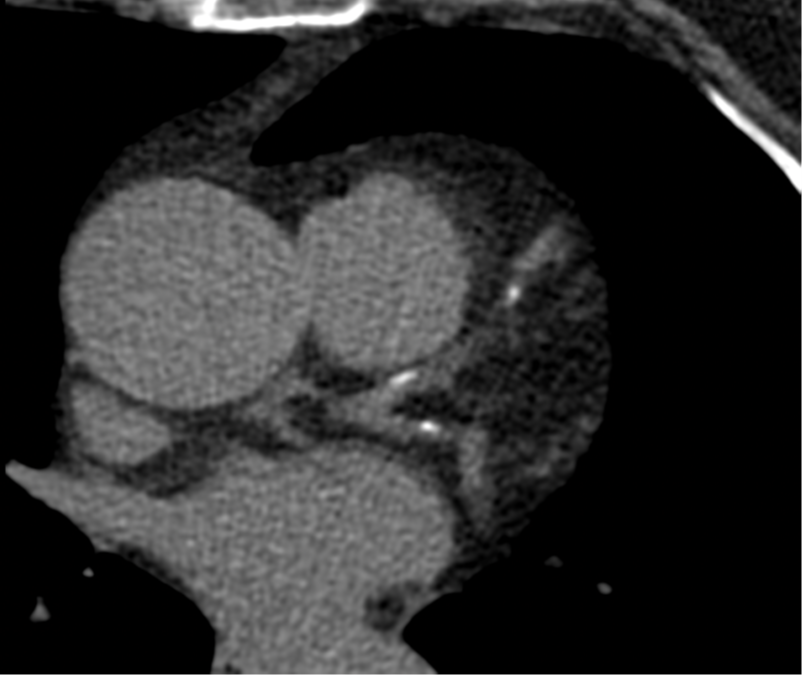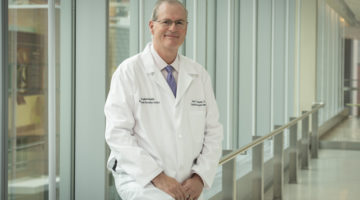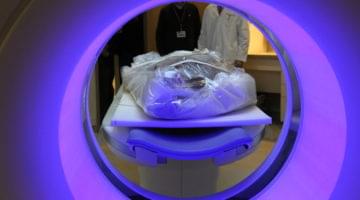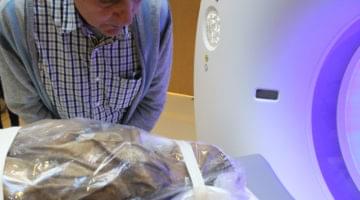
When it comes to public health threats, heart disease is the elephant in the clinic. Ron Blankstein, MD, a preventive cardiologist and expert in cardiac imaging, is concerned that elephant is also invisible—particularly to younger adults.
In 2019 and 2020, Blankstein and his research colleagues reported data from the Partners Young-MI Registry, a database of more than 2,000 Mass General Brigham patients who had a heart attack before the age of 50.
“We wanted to understand why we are seeing more heart attacks in younger people,” Blankstein says. “In our study, many of the youngest heart attack sufferers had underlying lifestyle risk factors—smoking cigarettes and marijuana—or risk factors such as diabetes, abnormal cholesterol levels, and hypertension.”
The Young-MI studies are confronting the misconception that youth is protective against heart disease. While motivating young people to surrender vices in the name of heart health is challenging, more vigilant screening at all ages is low-hanging fruit for prevention.
For patients with several risk factors and who are unsure whether to start therapy, Blankstein recommends the extra step of getting a coronary artery calcium (CAC) score, which is determined using a CT scan of the heart. Because the heart is always moving, creating a cardiac CT scan is more difficult than for other body parts. However, new CT technology at the Brigham is able to accurately image the heart in most patients.
Blankstein pulls up a CT scan on his computer. Zooming in on the arteries winding through the heart, he explains that when plaque is present, a proportion of it calcifies and appears as white dots on the scan.

“I like to show this to younger patients and tell them, ‘Those white dots, that’s plaque in your arteries.’ That is a very real moment,” says Blankstein. “The second I show them the picture, their first question is, ‘What can I do to prevent that from getting worse?'”
This is the point when Blankstein’s discussions with patients shift from ambivalence to vigilance, as they begin to strategize ways to reduce modifiable risk factors.
“We want to promote more knowledge and awareness of cardiovascular disease and most specifically plaque, which contributes to much of heart disease,” he says. “There is something to be said for the idea that seeing is believing.”











